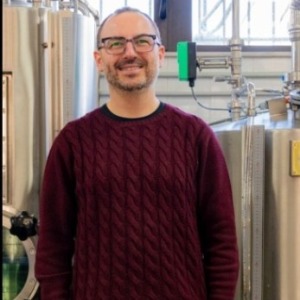8th Edition of Euro Global Conference on
Food Synthetic Color
Food synthetic colors are artificial additives used to enhance or impart color to food and beverages. These colors are typically derived from synthetic chemicals and are added to food products to replace or enhance natural colors, improve visual appeal, and maintain consistency in appearance. Synthetic colors are widely used in processed foods, beverages, confections, and pharmaceuticals to achieve vibrant hues that may not be attainable with natural ingredients alone. Common synthetic colors include FD&C dyes (Food, Drug & Cosmetic), which are certified by regulatory agencies such as the FDA for use in food products. Examples of FD&C colors include Red No. 40, Yellow No. 5, and Blue No. 1. These synthetic colors undergo rigorous safety assessments to ensure they are safe for consumption at approved levels. However, concerns have been raised about the potential health risks associated with certain synthetic colors, including allergic reactions, hyperactivity in children, and carcinogenicity in animal studies. As a result, some synthetic colors have been subject to regulatory restrictions or bans in certain countries. In response to consumer demand for more natural and clean label products, food manufacturers have begun replacing synthetic colors with natural alternatives derived from fruits, vegetables, and other plant-based sources. Natural colors offer similar coloring properties while providing the added benefit of being perceived as more wholesome and clean label-friendly. However, natural colors may also present challenges such as variability in color intensity, stability, and cost compared to synthetic options. As the food industry continues to evolve, there is ongoing research and innovation aimed at developing safer, more sustainable, and consumer-friendly alternatives to synthetic colors, including novel plant-based pigments, fermentation-derived colors, and encapsulation technologies. Regulatory oversight, consumer education, and transparent labeling are essential to ensure the safety and acceptance of food synthetic colors in the global marketplace.

Said Bouhallab
INRAE, France
Giovanni De Francesco
University of Perugia, Italy
Ombretta Marconi
University of Perugia, Italy
Alex Martynenko
Dalhousie University, Canada
Ana Isabel Najera
University of the Basque Country EHU, Spain
Marcin A Kurek
Warsaw University of Life Sciences, Poland


